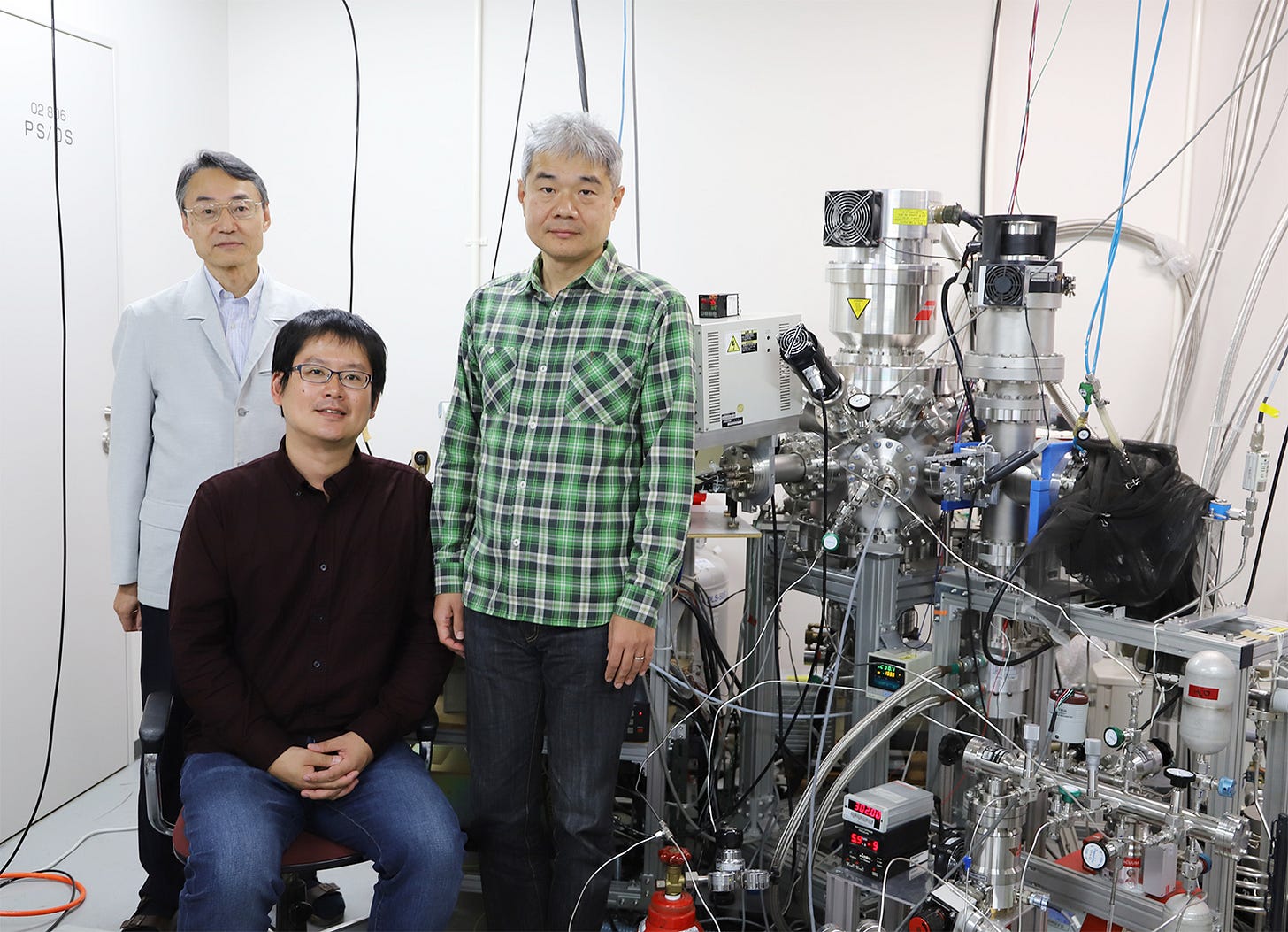The Cosmic Companion September 28, 2019
Venus may have once been home to life, jets in cosmic ray bursts moving faster than their local speed of light, and the building blocks of life form in interstellar clouds
Hello everyone!
Welcome to the tenth issue of The Cosmic Companion newsletter. This week is filled with life, as researchers discover Venus may have once had a temperate climate, and the building blocks of life are created in clouds floating between the stars. Plus, jets within clouds of gas may be traveling faster than the local speed of light during gamma ray bursts.
Let’s take off!
The Week in Space
Was Ancient Venus Habitable?
Although it is a hellish planet today, ancient Venus may have held seas of liquid water, and possibly, even life. What went wrong?

An artist’s concept of what Venus may have looked like with plentiful liquid water. Image credit: NASA
Venus is a world with an atmosphere of carbon dioxide so thick it would easily crush anyone foolhardy enough to stand on its surface. Sulfuric acid rain and temperatures hot enough to melt lead make this one of the least-habitable worlds in the Solar System. But, this world may once have harbored vast seas and potentially, life.
A new study suggests this planet may have once been a temperate world, far different than the one we see today. For two to three billion years, Venus may have been a water world, until a massive geological cataclysm around 700 million years ago changed the climate of that world forever.
Read more: http://bit.ly/Was-Ancient-Venus-Habitable
Gamma Ray Bursts Form Jets Moving Faster than Light (in Clouds)
Cosmic ray bursts produce the most-powerful blasts witnessed since the big bang. New research shows jets formed by these events could travel faster than their local speed of light.

An artist’s concept of a jet erupting from the region of a black hole, at the center of a blazar, a highly-active galaxy emitting a jet of matter at nearly the speed of light, toward the direction of Earth. Image credit: DESY, Science Communication Lab (used with permission by Astronomy Picture of the Day, which is co-managed by Robert Nemiroff at Michigan Tech).
Blasts responsible for gamma ray bursts (GRB’s) could travel through their local gas clouds faster than the local speed of light, a new study suggests. However, this bizarre-sounding idea does not violate the universal speed limit of the Universe.
Albert Einstein was the first person to recognize that no object could travel through space faster than the speed of light in a vacuum. However, these jets would not violate this universal speed limit, as the speed of light in mediums (such as gas clouds) is lower than its speed in a vacuum.
Read more: http://bit.ly/GRB-Jets-Faster-than-Light
Did Life on Earth Begin in the Clouds Between Stars?
The building blocks of life here on Earth may have formed in dust clouds floating between the stars. These molecules could have seeded life on planets and moons around the Universe.

A view inside a high-vacuum reaction chamber utilized to study chemical reactions inside interstellar clouds. Image credit: Hokkaido University
A new experiment shows that nucleobases — the building blocks of DNA, may be produced in frozen clouds floating among the stars. This phenomenon could have seeded life here on Earth, as well as on worlds around other stars.
Researchers from Hokkaido University created conditions in a closed chamber similar to those found in interstellar clouds of gas and dust. This artificial environment produced nucleobases, a result never before seen in a laboratory.
Read more: http://bit.ly/Did-Life-Begin-Clouds-Stars

Coming soon: The First Woman on the Moon: The Past and Future History of Women in Space by James Maynard
Thanks for reading! If you want to keep up with the latest updates and news about astronomy and space exploration, visit www.thecosmiccompanion.com, join our Facebook page, and follow @TheCosmicCompanion on Instagram and @CompanionCosmic on Twitter.
Do you know someone else who would love this newsletter? Please share!
Astronomy - Don’t Leave Home Without It!
- James


